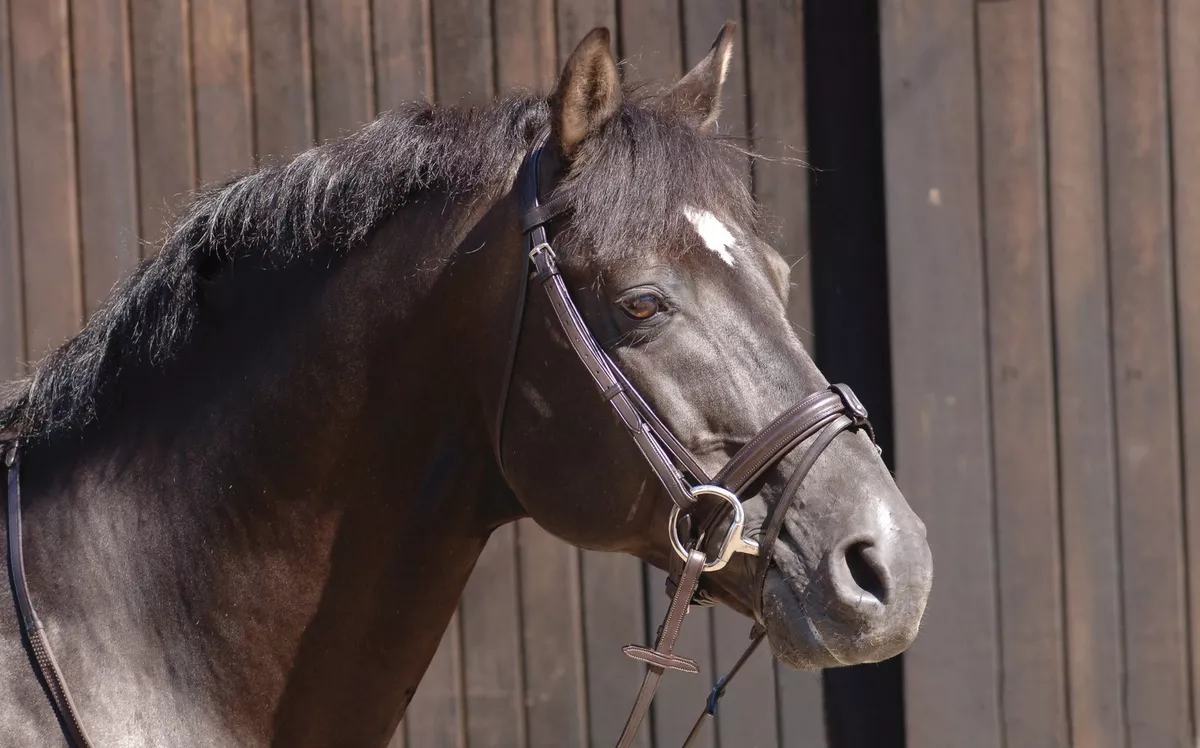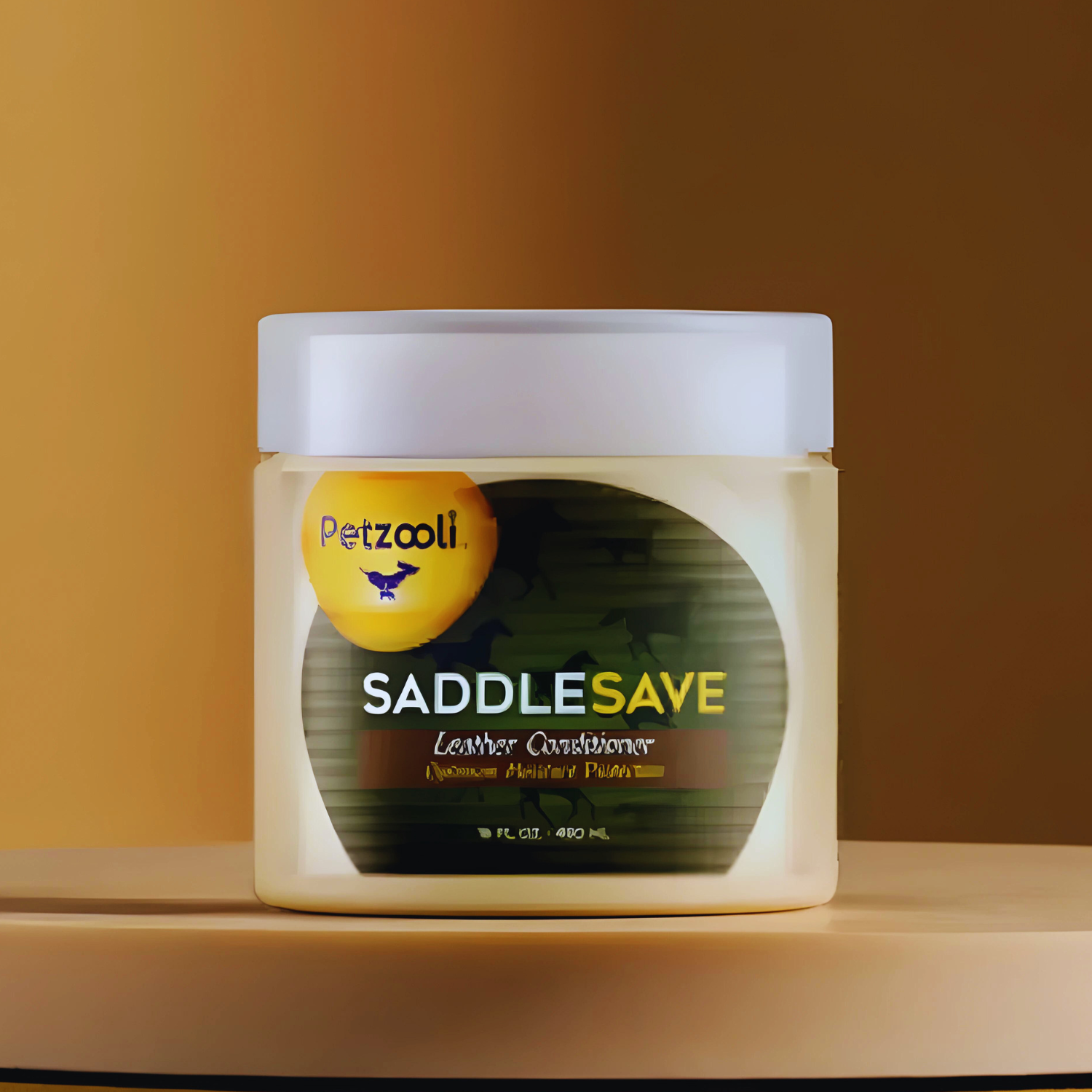
How to Ride a Horse Without a Saddle or Bridle Safely?
Share
Riding a horse is a beautiful experience that allows individuals to bond with these magnificent creatures. For the health-conscious pet owners, exploring the option of riding a horse without a saddle or bridle may seem daunting yet liberating. In this guide, we will delve into not just the practicalities of how to ride a horse without a saddle or bridle but also why and how this method can be beneficial for both you and your horse.

Understanding the Basics of Bareback Riding
The practice of riding without a saddle or bridle is often referred to as bareback riding. This technique can foster a deeper connection between rider and horse, allowing for enhanced communication through body language rather than reliance on tack. Horseback riding without equipment can improve the rider's balance, posture, and overall relationship with the horse.
Benefits of Riding without Tack
Many health-conscious pet owners are drawn to this practice for numerous reasons:
- Improved Communication: Horses respond to the rider's weight shifts and movements. Riding bareback promotes a more responsive relationship.
- Developing Skills: This form of riding enhances balance and coordination, essential skills for any proficient rider.
- Strengthening Bonds: The absence of tack encourages trust and understanding between horse and rider.
Moreover, riding without a saddle or bridle can also be a way to engage in more natural riding experiences that respect the animal's instinct and comfort.

Preparing for Bareback Riding
Before attempting to ride without a saddle or bridle, it is paramount to prepare appropriately. Here are some key steps:
- Know Your Horse: Always assess the temperament and experience of your horse. An easy-going and well-trained animal is ideal for this practice.
- Familiarization: Spend time familiarizing your horse with your presence without riding. This can involve grooming and ground exercises that foster trust.
- Safety Gear: Regardless of riding style, wearing appropriate protective gear such as a helmet is crucial for safety.
Equipping yourself with knowledge makes the experience not just enjoyable but also safe for both you and your horse.
Getting Acquainted with Riding Bareback
To successfully ride bareback, you need to follow certain steps:
- Mounting the Horse: Approach your horse calmly and gently. Use a mounting block if necessary to help you get on comfortably.
- Finding Your Balance: Lean forward slightly while placing your weight in the center of the horse's back. This can help maintain your balance.
- Using Your Legs: Rather than relying on reins, use your legs and body for steering and controlling speed.
Remember, communication is key. The more you practice these techniques, the better you will become at riding without any tack.

Safety First: Tack-Free Riding Precautions
While riding bareback can be an exhilarating experience, safety precautions are indispensable:
- Never Ride Alone: Always ride with a partner, especially when you are starting out.
- Assess the Environment: Make sure the area where you ride is safe and free of obstacles that could pose a risk.
- Recognize Limits: Understand when to stop and avoid pushing yourself or the horse beyond their comfort levels.
Safety measures play a pivotal role in ensuring both you and your horse have a positive experience.

Building Trust Through Groundwork
Before getting onto your horse, establishing a strong groundwork foundation is essential. Groundwork helps instill trust, which is crucial for riding without a saddle or bridle. Spend time working with your horse on a lead or long line. Implement exercises that encourage responsiveness and understanding.
- Circling Exercises: Encourage your horse to move around you in a circle. Use gentle nudges to guide them.
- Yielding to Pressure: Train your horse to respond positively to gentle pressure applied to their sides. This will help with communication when you are riding.
- Building Connection: Practice gentle touching and petting to establish a connection that reassures your horse.
Groundwork is a significant part of achieving harmony when transitioning to bareback riding.
Maintenance and Care for Your Horse
A major consideration for any horse owner is the care and maintenance of their horses health. Regular visits to a veterinarian, alongside proper feed and exercise routines, contribute significantly to the well-being of your horse. For detailed guidance on horse care, you can refer to the ASPCA Horse Care.
Moreover, investing in elements such as proper nutrition and a balanced diet will enhance your horse's energy levels, making every ride more pleasant.
For more tips on horse maintenance, you may also find our articles on saddle covers and bridling helpful.
Frequently Asked Questions (FAQs)
1. Is riding without a saddle or bridle safe?
Yes, but it requires proper preparation, understanding of your horse, and adherence to safety measures.
2. How can I improve my riding without a saddle?
Focus on ground training with your horse, enhancing your communication skills, and practicing balance.
3. What should I wear when riding bareback?
Wear comfortable clothing, but make sure to include a helmet and appropriate footwear for safety.
As an Amazon Associate, I earn from qualifying purchases.
